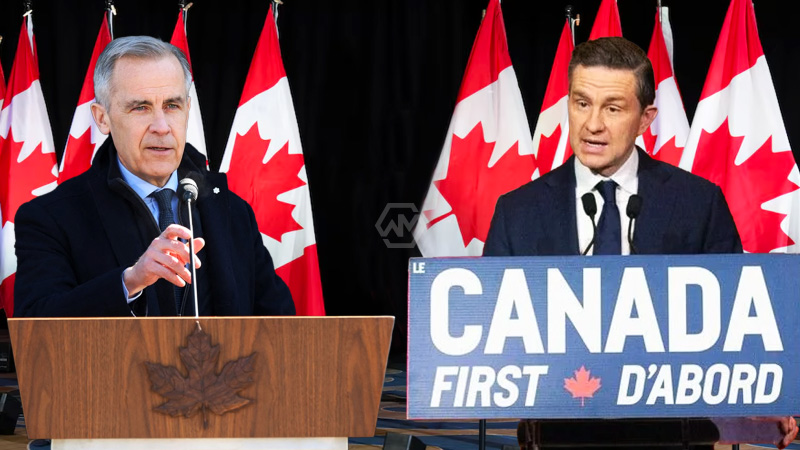- Strategic voting involves supporting a less preferred candidate to block an undesired one.
- It is especially common in Canada due to the first-past-the-post system.
- While it can influence election outcomes, it may also limit voter choice.
Strategic voting is a calculated approach where voters prioritize electability over personal preference. It has been a recurring trend in Canadian elections, especially among left-leaning voters attempting to prevent vote-splitting.
However, strategic voting has drawbacks. It forces voters to compromise on their ideals, often leading to dissatisfaction with election results. Additionally, it can discourage smaller party supporters, reducing political diversity.
Strategic Voting: A Smart Tactic or a Flawed Fix
Canada’s first-past-the-post system often leads voters to think strategically rather than emotionally. Since the system rewards candidates who win the most votes in each riding, even without a majority, many voters opt for a pragmatic choice to prevent their least preferred candidate from winning. This has led to shifts in voter behavior, especially when elections are tightly contested.
One of the most well-known instances of strategic voting was in the 2015 federal election when many NDP supporters backed the Liberals to prevent another Conservative government. This helped Justin Trudeau’s party secure a majority, despite initial predictions of a tighter race. Such moves demonstrate how voter coordination can significantly alter election outcomes.
Despite its influence, strategic voting has unintended consequences. It can lead to voter disillusionment, as people may feel forced to settle for a candidate they don’t fully support. Furthermore, it can undermine smaller parties, making it difficult for emerging political movements to gain traction, thereby reinforcing the dominance of the two main parties.
In the digital age, strategic voting has been further facilitated by online tools and advocacy groups. Websites now provide real-time guidance on the most viable candidates to support in different ridings. However, the effectiveness of this strategy still depends on widespread participation and accurate polling data.
Strategic voting is a double-edged sword—it can shape election results but also distorts true voter preferences. While it remains a practical response to Canada’s electoral system, it also underscores the need for broader electoral reform.
“In politics, nothing happens by accident. If it happens, you can bet it was planned that way.” — Franklin D. Roosevelt



